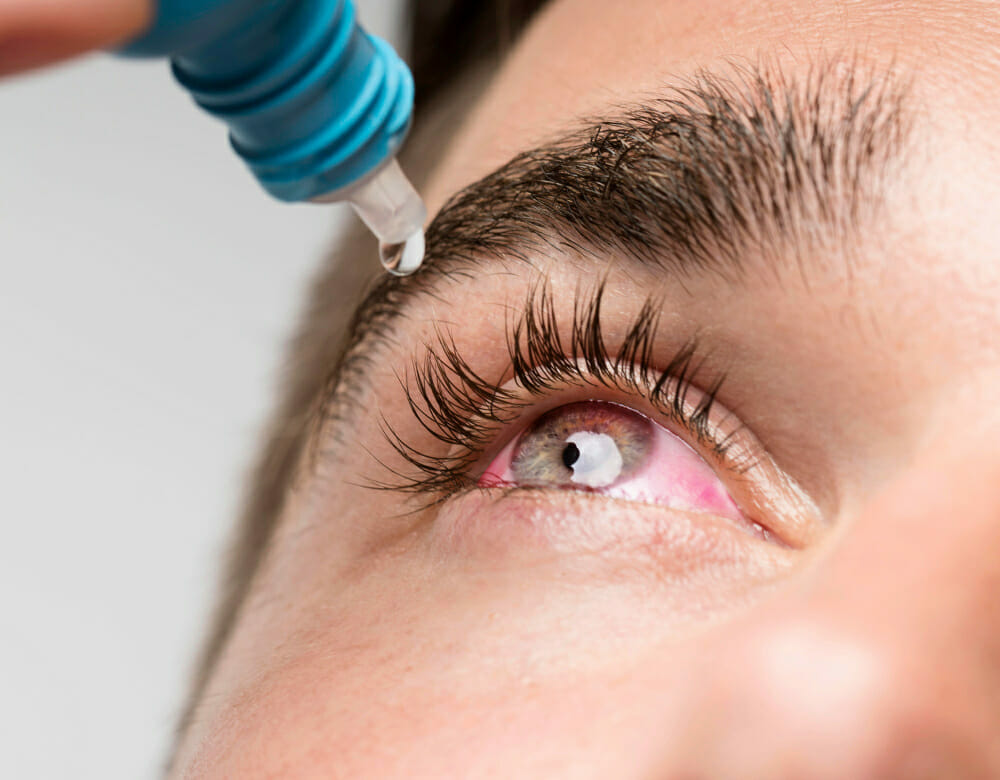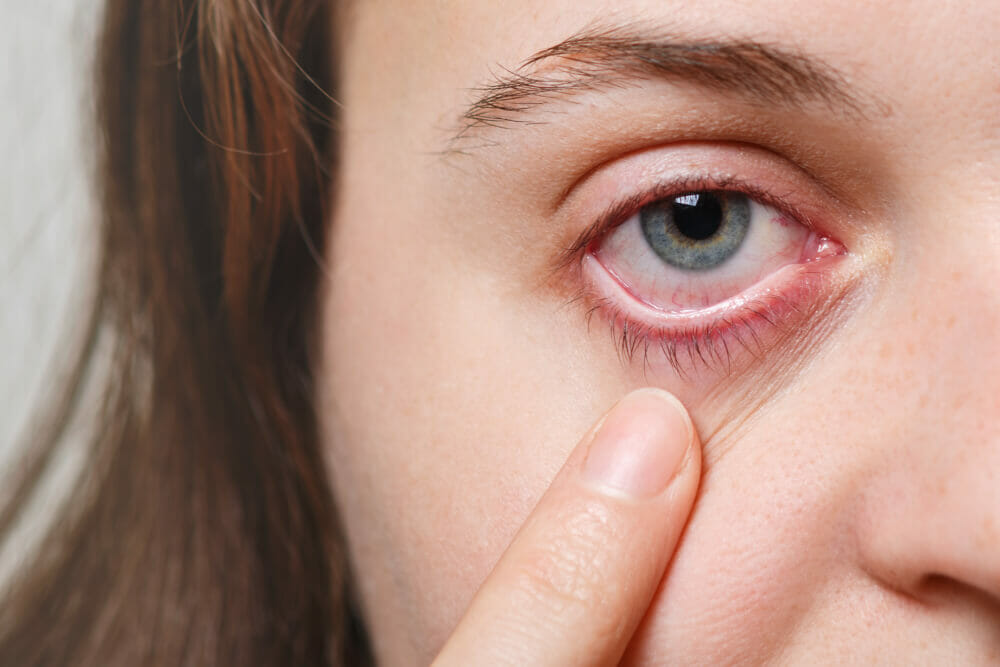What should you do to prevent the spread of pink eye?
There are several steps you can take to prevent the spread of pink eye:
Wash your hands frequently
One of the most effective ways to prevent the spread of pink eye is to wash your hands regularly with soap and water. This is especially important after touching your eyes, blowing your nose, or coming into contact with someone who has pink eye.
Avoid sharing personal items
Do not share towels, pillowcases, or other personal items with someone who has pink eye. These items can harbor bacteria or viruses that can spread the infection.
Use disposable tissues
Use disposable tissues to blow your nose, and throw them away immediately after use. Avoid wiping your nose or eyes with your hands, as this can spread the infection.
Avoid touching your eyes
Try to resist the temptation to touch your eyes, as this can transfer bacteria or viruses from your hands to your eyes.
Stay home if you have pink eye
If you have pink eye, it is important to stay home from work or school until your symptoms have improved or you have seen an eye doctor who has given you more specific instructions. This will help prevent the spread of the infection to others.
If you are experiencing symptoms of pink eye, it is essential to see our eye doctor as soon as possible. Our team of experienced eye doctors are here to help diagnose and treat pink eye and other eye conditions.













